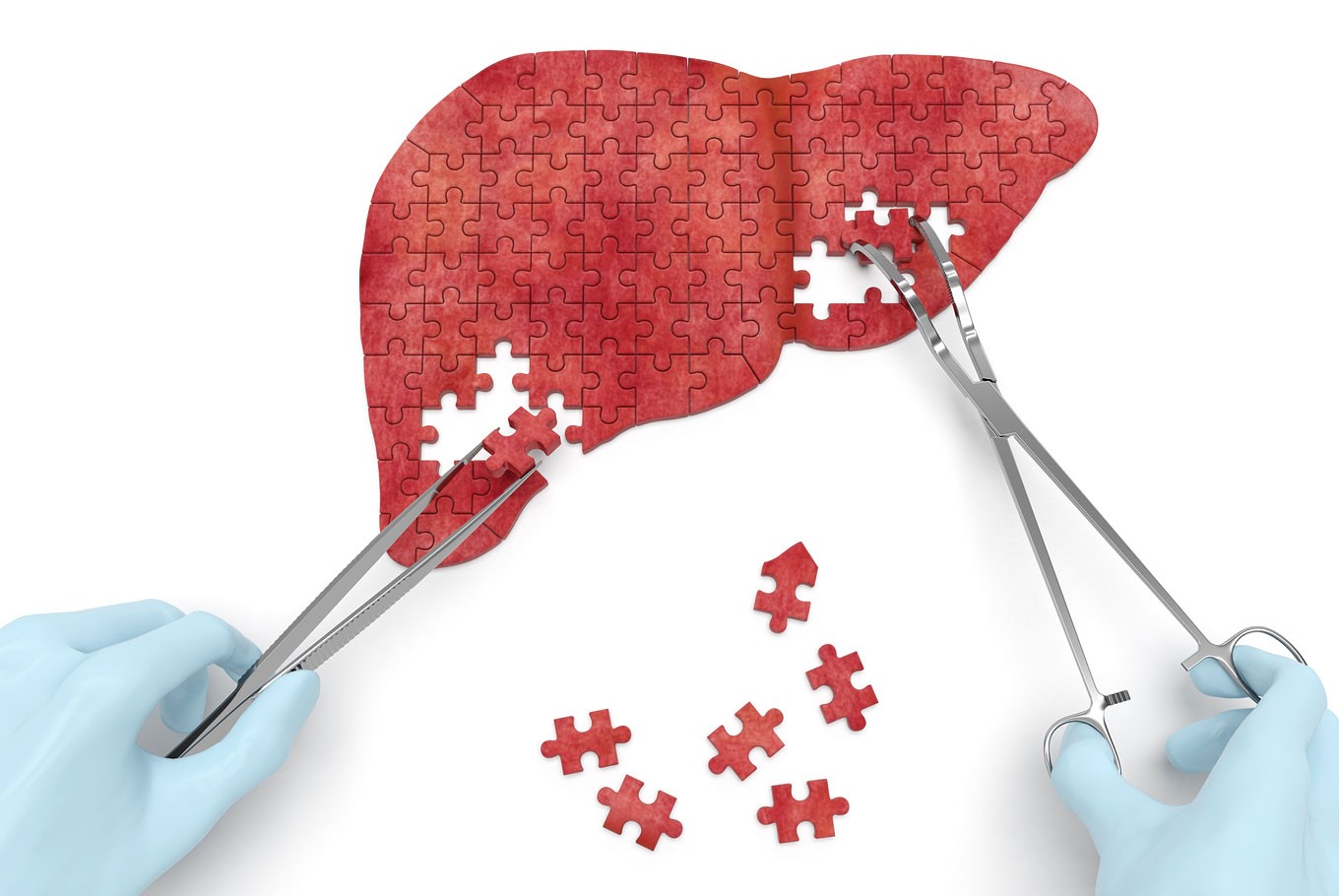ROB FAIRLEY
We often get requests to do histology of the liver to check for signs of toxicity. The belief that histology of the liver can be used as a gauge of intoxication is widespread and presumably results from thinking that because the liver is the common site of chemical detoxification it is always injured in intoxications. This unfortunately is a myth.
A couple of points may be of interest:
Firstly, many toxic diseases and especially the acute toxic diseases produce no histological lesions and leave absolutely no histological trace of their action. Cyanide poisoning, nitrate intoxication, acute organophosphate poisoning as well as the bacterial intoxications, tetanus and botulism are in this category (as are many others).
Secondly, although the liver detoxifies many agents it is not necessarily the target organ. Nitrate toxicity targets the RBC’s; organophosphates, tetanus and botulinum toxins target the nervous system; selenium (acutely) affects the heart; monensin affects the heart and skeletal muscles; and superphosphate and aminoglycosides affect the kidneys. There are many toxins that do target the liver (pyrrolizidine alkaloids, sporidesmin, cyanobacteria [blue-green algae], phosphorus) but the main point here is to emphasise that many do not, and histology of the liver will not help with diagnosing many intoxications.
However, some toxins leave distinctive histological lesions and can be diagnosed by histology. For many intoxications, the laboratory diagnosis relies on detecting the toxin. In order to detect a toxin the laboratory must know what to analyse for – nice as it would be there is no CSI Miami machine that can spit out the name of the offending toxin! And unfortunately, we don’t have analyses for all toxins.
If you suspect a particular toxin and don’t know what to collect, call the laboratory and ask what samples might be of use in making a diagnosis. If you’re unable to contact the laboratory, then at the very least collect fresh liver, kidney, fat and stomach/ruminal contents for possible toxicological analysis. If you suspect plant poisoning collecting leaves from the rumen or stomach contents may help in confirming the ingestion of a particular plant. A good range of formalin fixed samples is also useful when you are unsure.
Lastly, some intoxications often rely on indirect means of diagnosis. Nitrate poisoning is a classic. Nitrate can be detected in some cases if the laboratory receives the sample from a freshly dead animal quickly. However most often it is the history of sudden death after being on high nitrate pasture, combined with a of lack of histological lesions of any other disease that is used to back the diagnosis.

